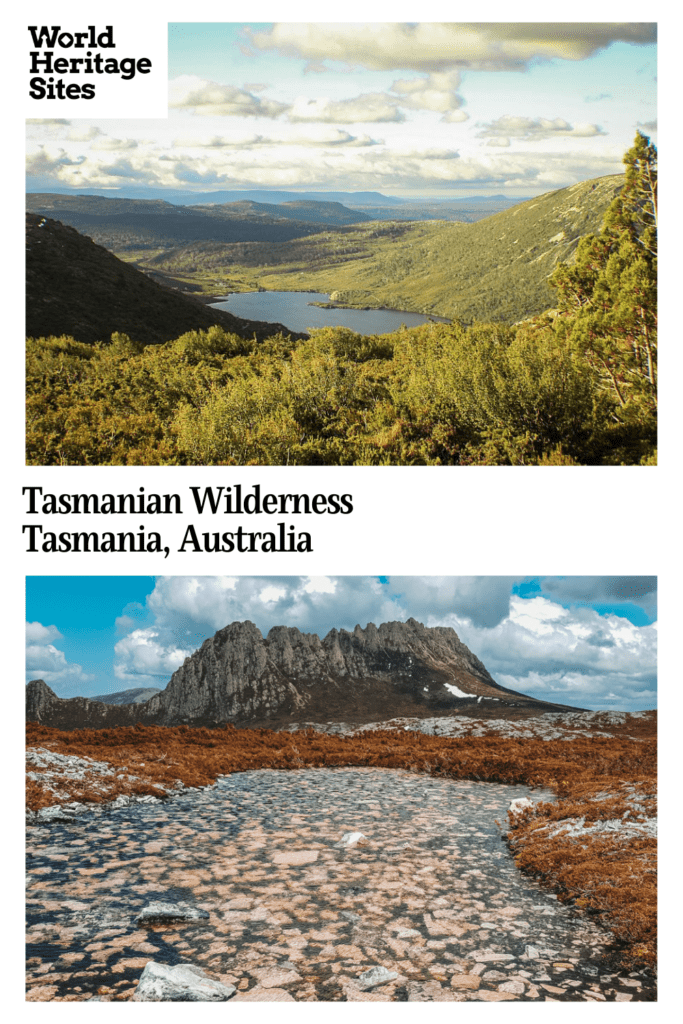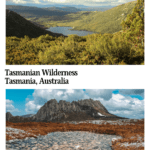Tasmanian Wilderness
By Annette Jones
What is the Tasmania Wilderness?
The Tasmanian Wilderness World Heritage site is located in Australia’s most southern state, Tasmania. It is made up of 20,000 square kilometres (8500 square miles) of land, covering approximately 20% of the state. This makes it the largest area in Australia that has been granted World Heritage status.
Disclosure: This article contains affiliate links. Making a purchase through an affiliate link will mean a small commission for this website. This will not affect your price. Privacy policy.
This UNESCO World Heritage site covers a series of large parks and reserves, including Cradle Mountain-Lake Saint Clair National Park, Walls Of Jerusalem National Park and Franklin-Gordon Wild Rivers National Park.
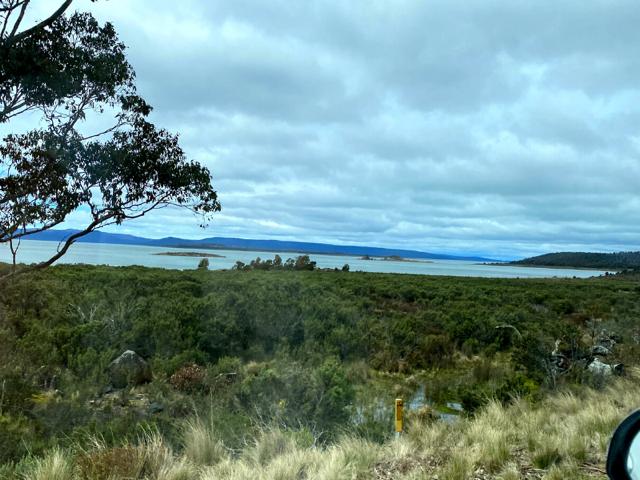
The Tasmanian Wilderness also acts as a refuge to many bird species that have become extinct or endangered on mainland Australia due to loss of habitat and hunting.
It is one of Australia’s most beautiful and diverse areas, making it a popular tourist destination.
Why is the Tasmanian Wilderness a UNESCO World Heritage site?
The Tasmanian Wilderness was inscribed on to UNESCO’s World Heritage list in 1982 for containing “the most significant natural habitats for in-situ conservation of biological diversity, including those containing threatened species of outstanding universal value from the point of view of science or conservation.” It also includes “one of the last expanses of temperate rainforest in the world.”
The area was increased in 1989, 2010, 2012 and 2013 and now covers 1/5 of Tasmanian land mass.
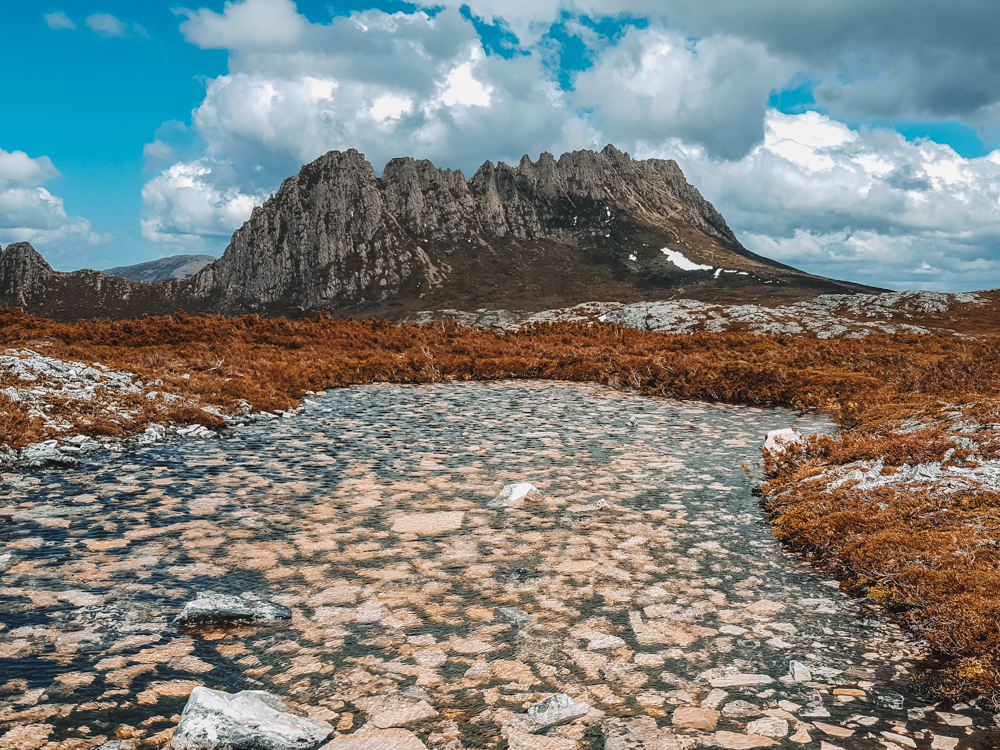
What can you expect on a visit to the Tasmanian Wilderness?
Being one of the most diverse and scenic areas in Australia, visitors can expect to find rugged mountain ranges, pristine rivers and unique wildlife.
The Tasmanian Wilderness is home to many endemic species of animals, including the Tasmanian devil and spotted-tail quoll. There are also a number of threatened species that can be found in these areas, such as the eastern barred bandicoot. The Tasmanian Wilderness is a refuge to many bird species that have become extinct or endangered on the mainland.
Depending on which site you visit there are plenty of opportunities for hiking, camping, bird watching, boating and fishing.
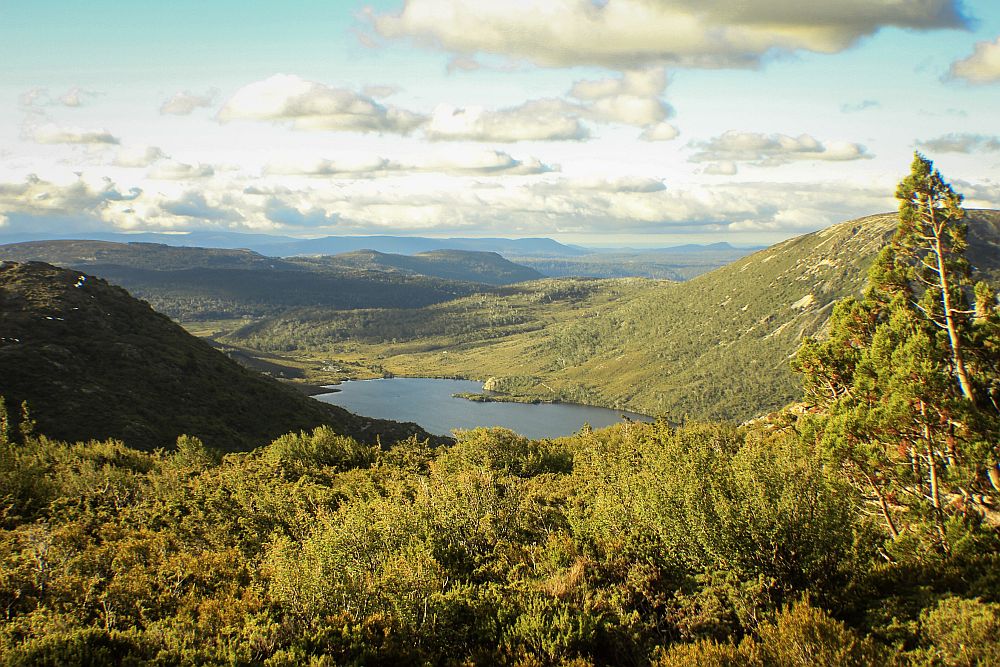
Is the Tasmanian Wilderness worth visiting?
Definitely! The Tasmanian Wilderness is one of Australia’s most diverse and pristine areas. There are a number of parks and reserves that offer a glimpse into Australia’s natural history.
Depending on your interests you could spend any number of days to several weeks exploring each of the parks and reserves.
You could take a day trip into an area, go camping, or hire a car and take a road trip to see the breathtaking scenery and diversity of the natural wilderness.
The Tasmanian Wilderness World Heritage site has many stunning areas to explore so make sure you allow plenty of time to visit your chosen area.
If you aren’t planning to camp, use the map below to find accommodations near the Tasmanian Wilderness:
Tips for visiting the Tasmanian Wilderness
- Make sure you have a good map and are familiar with the area before venturing out on your own.
- Always carry food, water and first aid supplies when hiking in case of an emergency.
- Be prepared for changing weather conditions.
The best month to visit Tasmania is February when the weather is warm and there is less chance of rain and wind. Throughout the other months of the year, it’s advisable to carry a jacket, a scarf, umbrella and hat.
Tasmania is known for its diverse weather changes and you could experience four seasons in one day, so it’s best to layer clothing.
If you choose to camp or hike, check if the area requires a permit and follow the recommendations from the Tasmanian government website regarding safety, access and park passes.
You can’t visit the Tasmanian Wilderness without also experiencing other parts of Tasmania. I’d highly recommend you include a couple of days to explore Hobart and Launceston too.
I’d also recommend hiring your own car and planning your own road trip. It allows flexibility and freedom to stay as little or as long in one area as you want, plus you’ll take in the magnificent scenery along the way.
Where is the Tasmanian Wilderness?
The main areas of this World Heritage site are:
- Cradle Mountain-Lake Saint Clair National Park: By car or bus from Launceston: approximately 2 hours. Coordinates -41°41’2.82″S x 145°57’2.74″E.
- Walls Of Jerusalem National Park: By car or bus from Launceston: approximately 2 hours 30 minutes. Coordinates: -41°52’4.79″S x 146°15’18.60″E
- Franklin-Gordon Wild Rivers National Park: By car from Hobart: approximately 2–3 hours. Coordinates: -42°24’20.39″S x 146°01’33.00″E. Take a cruise along the Gorden River.
- Southwest National Park: By car from Hobart: approximately 2 hours. Coordinates: -42°50’0.59″S x 146°08’34.80″E
- Hartz Mountains National Park: By car from Hobart: approximately 1 hour 15 minutes. Coordinates: -43°13’28.20″S x 146°45’13.19″E
- Mole Creek Karst National Park: By car from Launceston: approximately 1 hour 15 minutes. Coordinates: -41°36’1.19″S x 146°17’13.20″E.
Have you been to the Tasmanian Wilderness? If so, do you have any additional information or advice about this UNESCO World Heritage site? Please add your comments below!
